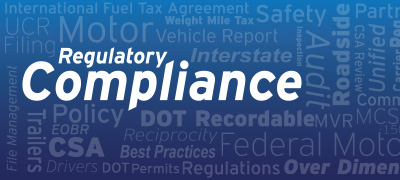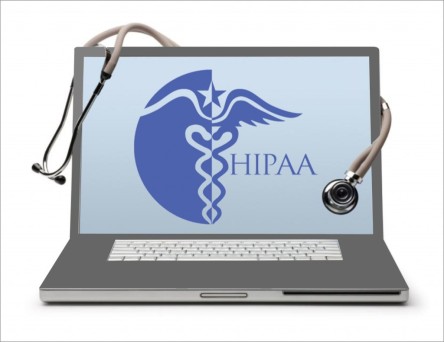Physician practice acquisitions have seen a humungous rise in the past few years, since the passage of the Affordable Care Act (ACA). A few factors have fueled physician practice acquisitions. Some of these are:
- Physician practice acquisitions offer healthcare providers more clinical consolidation and integration, as they help to align the business prospects of the referral networks to the hospital’s strategic goals.
- Declining reimbursement rates, at least for a few specialties, continue to decline, affecting the overall physician compensation. When physicians come under the protection of a bigger hospital brand, they have a little extra leeway in negotiating contract rates. Being under the aegis of a bigger, better branded hospital also ensures them the prospects of having a regular monthly pay, something that is almost impossible in private practice
- A few recent amendments to the Medicare and Medicaid reimbursement systems have been propelling providers towards bundled and integrated payments, which is something that hospitals with more physician practice acquisitions find favorable
- Physician practice acquisitions also help physicians across different age groups. Older physicians with several years of experience may see physician practice acquisitions as a means for augmenting and assuring an income stream, while younger physicians have the opportunity of getting a more favorable schedule, which can bring about greater work life balance.
While all these factors about physician practice acquisitions are very concrete ones that are playing out a major impact on the healthcare sector; physician practice acquisitions have to be negotiated. They are not something that is delivered on a plate to consume at one’s will, in the form supplied. A few major legislative and regulatory issues need to be taken into consideration while negotiating and signing physician practice acquisitions.

The Stark Law is a major component of physician practice acquisitions
The Stark Law, which governs a major aspect of healthcare practice, is a major one among these. Stark Law, legally referred to as The Physician Anti-Referral Law (known as Stark II), is a very important law concerning physician referrals. Any healthcare provider which files claims has to comply with the provisions of the Stark rules. Enforcement action ensues from lack of compliance.
Aimed at eliminating malpractices in the healthcare sector; the Stark Law is implemented in stages known as Stark II and Stark III. The Stark Laws classify particular physician actions as unlawful. This law underwent a few changes in 2016, which need to be taken into consideration while negotiating and signing physician practice acquisitions.
The recent substantial awards and settlements arising out of Stark Law enforcement actions have increased the need for complete compliance with the Stark Laws. From a number of important perspectives, more and more medical groups, hospitals, and health systems are moving towards integration and phasing out to more innovative hospital-physician arrangements. This makes it imperative for those who undertake physician practice acquisitions to put in place compensation arrangements that are defensible under the Stark Law.

Get to understand the heart of physician practice acquisitions under the Stark Law
What are the contents and the interpretations of the Stark Law that physician practices need to carefully analyze and scrutinize when dealing with physician practice acquisitions? The finer aspects of this law, along with other major legal considerations that need to go into physician practice acquisitions, will be the topic of a webinar that is being organized by MentorHealth, a highly valued provider of professional trainings for the healthcare industry.
At this webinar on physician practice acquisitions, Joseph Wolfe, an attorney with Hall, Render, Killian, Heath & Lyman, P.C., the largest health care focused law firm in the country; will offer guidance on physician practice acquisitions keeping compliance with the provisions of the Stark Law in mind. To enroll for this webinar, just log on to
http://www.mentorhealth.com/control/w_product/~product_id=800915/?WordPress
Wolfe will provide an overview of the Stark Law, including its 2016 changes. He will also explain best practices for negotiating and drafting physician practice acquisition arrangements on behalf of health systems, hospitals, medical groups and physician practices. He will traverse the important aspects of regulatory requirements, key provisions, valuation considerations and potential pitfalls that should be avoided when dealing with physician practice acquisitions.

Thorough assessment is necessary
Prior to making any kind of physician practice acquisition arrangement, both healthcare practices and physicians should very thoroughly and meticulously assess whether the proposed structure and financial terms are compliant with the Stark Law’s underlying technical requirements and key tenets of defensibility. This will help them defend themselves when this arrangement is challenged. Wolfe will discuss these as they apply to physician practice acquisitions.
Wolfe will cover the following areas at this session:
- Provide a general Stark Law overview
- Examine critical regulatory requirements related to physician practice acquisitions
- Discuss best practices for drafting purchase agreements and the related financial terms
- Discuss best practice for drafting post transactions service arrangements (e.g. employment, professional services, etc.) and the related financial terms
- Review processes for documenting fair market value and commercial reasonableness.
































